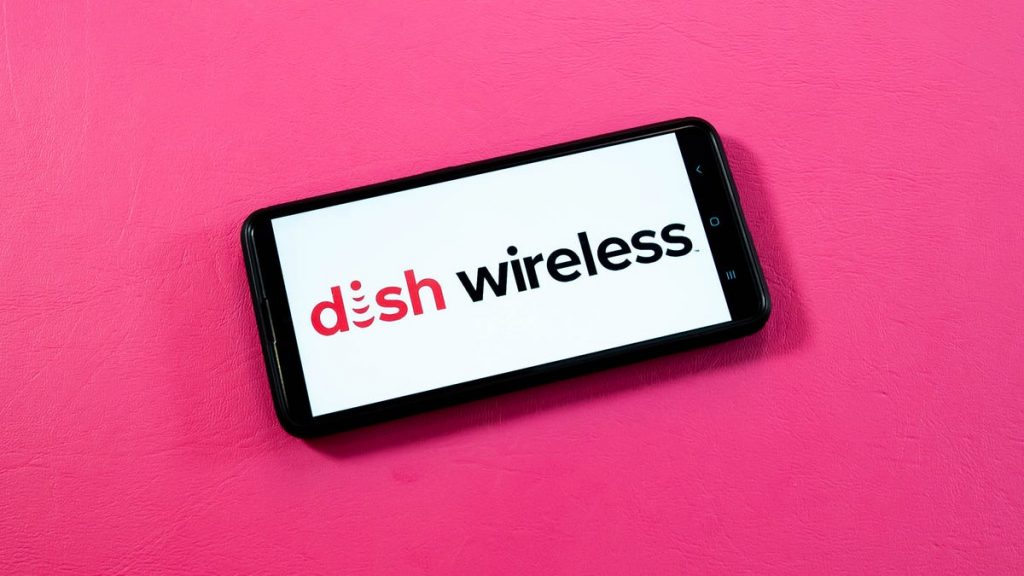Advertiser Disclosure
Dish Network’s long road to becoming a fourth major wireless carrier hit a notable milestone on Thursday, with the company announcing that it now covers 70% of the US population, or over 240 million Americans, with its new 5G network. The news comes as Dish was facing a June 14 deadline by the Federal Communications Commission.
Per a press release, the company says it has «satisfied» all of its June 14 FCC obligations «including launching over 15,000 5G sites.»
Dish offers access to its network in a few ways. It owns a number of wireless brands including prepaid option Boost Mobile as well as its postpaid sibling Boost Infinite. It also has Project Genesis, another postpaid brand aimed towards early adopters that allows users to give feedback on Dish’s network.
Postpaid plans, where users pay their phone bill at the end of the month, are the common format of wireless plans offered by larger networks AT&T, T-Mobile and Verizon.
In addition to being able to connect to Dish’s own 5G network, the Boost brands also are capable of tapping into AT&T and T-Mobile’s respective coverage when Dish’s service isn’t available or if a user’s device doesn’t have the right network support. The Genesis brand can also roam on AT&T’s network in areas where Dish’s network isn’t available.
For now, Project Genesis users will be able to connect to the new network whenever they are in the coverage area. Boost users are able to tap into Dish’s network in «over 50 markets,» with the company promising additional markets coming «throughout the year.»
While the network milestone is noteworthy, it is just another step in what remains a long road for the satellite TV provider. Dish still needs to get device manufacturers to include the proper bands that would allow phones, tablets and other devices to connect to its 5G offering.
As of today, only a handful of phones have proper support for Dish’s spectrum (with the primary band known as Band 70) including the 2022 and 2023 Moto Edge Plus, Samsung’s A23 and Boost’s own Celero 5G Plus. The iPhone 14 line technically has the hardware support for Dish’s 5G spectrum, but Band 70 has yet to be activated inside Apple’s phones.
Dish says in its press release that more devices with proper network support are also coming this year.
With this milestone reached Dish now faces its next FCC deadline of covering 75% of the US population with 5G service by June 2025. As Light Reading has reported, this may require another 15,000 cell sites to expand its network with the outlet saying that analysts expect Dish to also need to spend another $2 billion or $3 billion. The money could become a challenge for the company, which has seen its share price fall over 55% this year.
